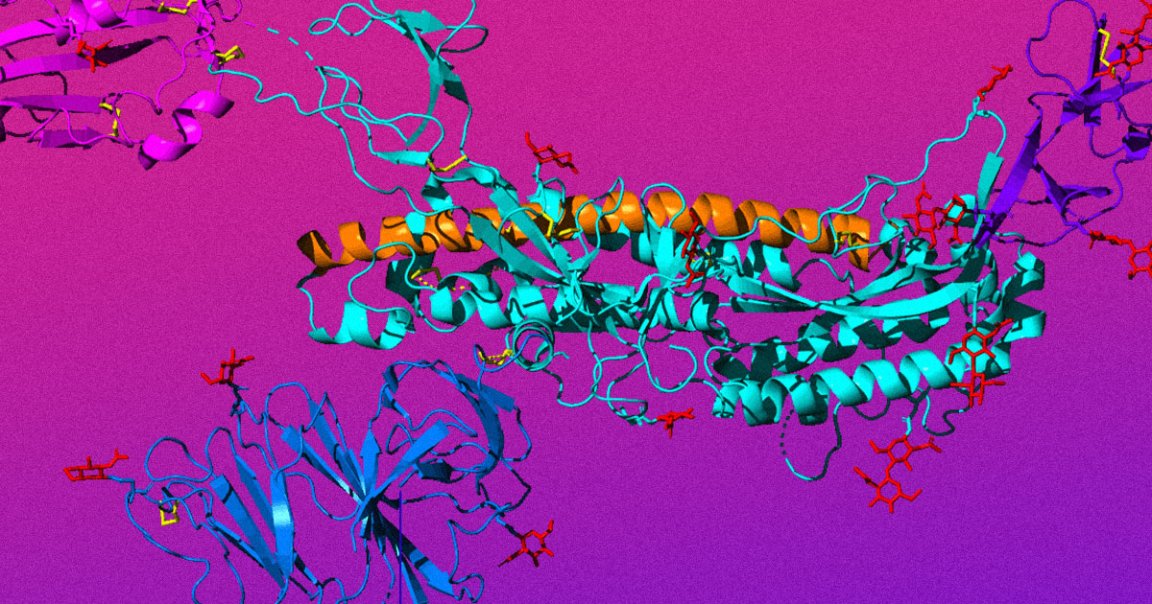
Scientists think they’ve identified a weak point in SARS-CoV-2, the coronavirus that causes COVID-19. And just like shooting torpedoes down the Death Star’s exhaust shaft, they think they can exploit this critical weakness to make new treatments.
It all comes down to a tiny region right next to the virus’s spike proteins, which latch onto new host cells, according to research published last week in the journal ACS Nano. Explaining the weakness requires a little bit of a primer on biochemistry, so bear with us, but the Northwestern University scientists suggest targeting this weak point could render the virus inert.
Here goes: It can be difficult to conceptualize, but the microscopic interactions among molecules, proteins, and cells interact really boil down to electrostatics. Opposite charges attract and like charges repel each other, just like on a magnet. Well, this tiny region on the coronavirus, located just 10 nanometers from the part of the spike protein that gloms onto a victim’s cells, has a positive charge.
Because the receptors on our cells that the virus targets have a negative charge, the two are pulled together by this electrostatic force and create a tight bond that ultimately allows the virus to infect the cell. This weak-spot region had been hiding in plain sight: 10 nanometers is impossibly small to humans but a fairly large clearing when it comes to electrostatic interactions, so other researchers may have assumed it was just too far away to matter.
The scientists behind the discovery tested their work by blocking the region with a negatively-charged molecule, which then prevents the coronavirus from being able to target a host cell. But unfortunately, turning that molecule into an actual treatment will be time-consuming and tricky work.